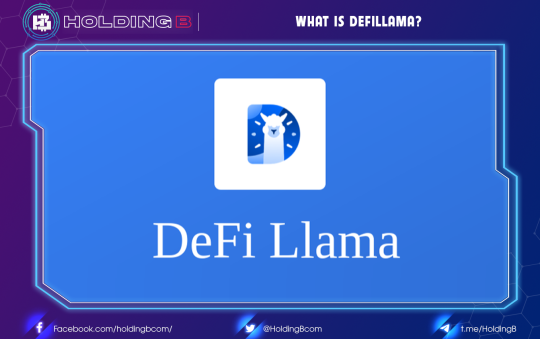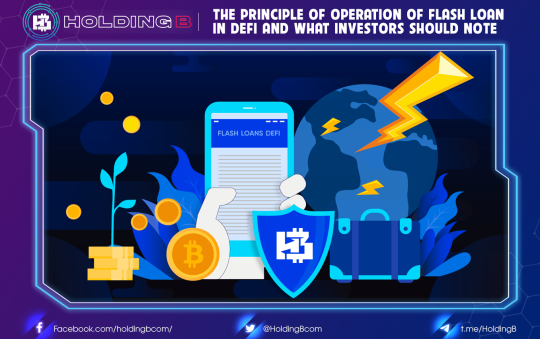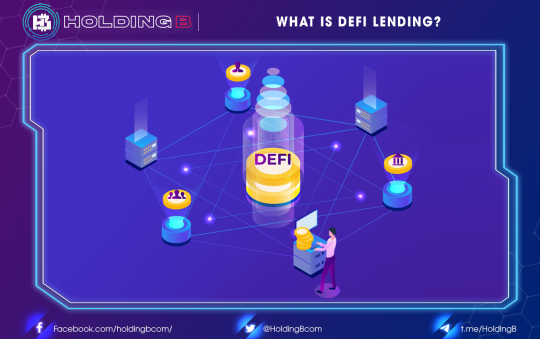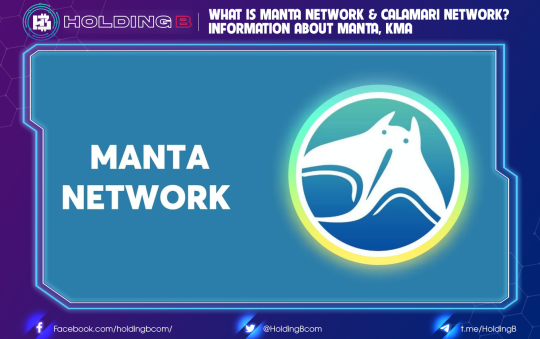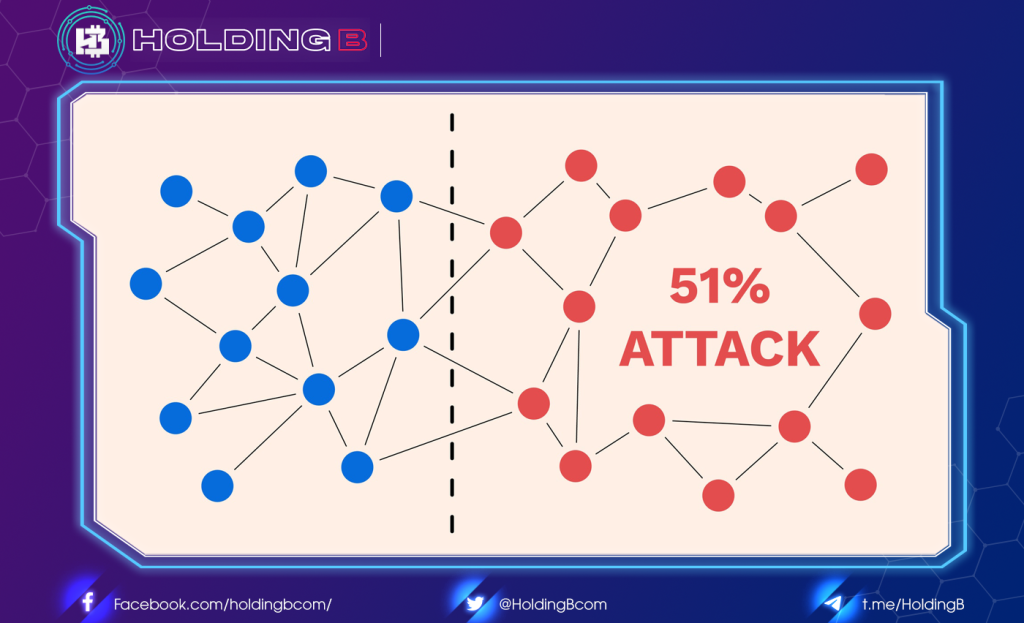
What is 51% Attack?
A 51% attack (51% Attack) is an attack on the Blockchain network of a certain cryptocurrency, usually carried out by a group of miners to control over 50% of the network’s mining hash rate. The purpose of 51% attacks makes transactions impossible to confirm due to network congestion, what is more, worrying is that the transaction can be reversed if the attacker takes control of the entire network.
An example of reversing a transaction so you can see how dangerous it is: Let’s say I have 1,000 Bitcoins, which I use to buy a private jet. After transferring this 1,000 BTC to the wallet of the plane shop, the plane was delivered to me a few days later. By performing a 51% attack on Bitcoin’s blockchain, I was able to reverse the transaction. If successful, I will get back the 1,000 BTC transferred to the plane shop and still have the plane.
The 51% attack cannot change the old blocks in the Blockchain system, so it will not destroy Bitcoin or other cryptocurrencies but will leave a sizable amount of damage.
How does it works?

In the blockchain, blocks record all completed transactions within a certain period. For bitcoin, a new block is generated approximately every 10-15 minutes. Once a block is finalized or mined, it cannot be changed because a fraudulent version of the public ledger is quickly discovered and rejected by the network’s users.
However, by controlling the majority of the computing power on the network, an attacker or group of attackers can interfere with the production of new blocks. They can prevent other miners from completing new blocks, theoretically allowing them to exclusively mine new blocks and earn all the rewards.
Example: In a 51% attack on the Bitcoin blockchain, an attacker can intercept other users’ transactions and they can send a transaction and then reverse it, making it appear as if they still had the money they just spent, this loophole, is called double-spending.
51% Attack & Impossible Trilogy (The Blockchain Trilemma)
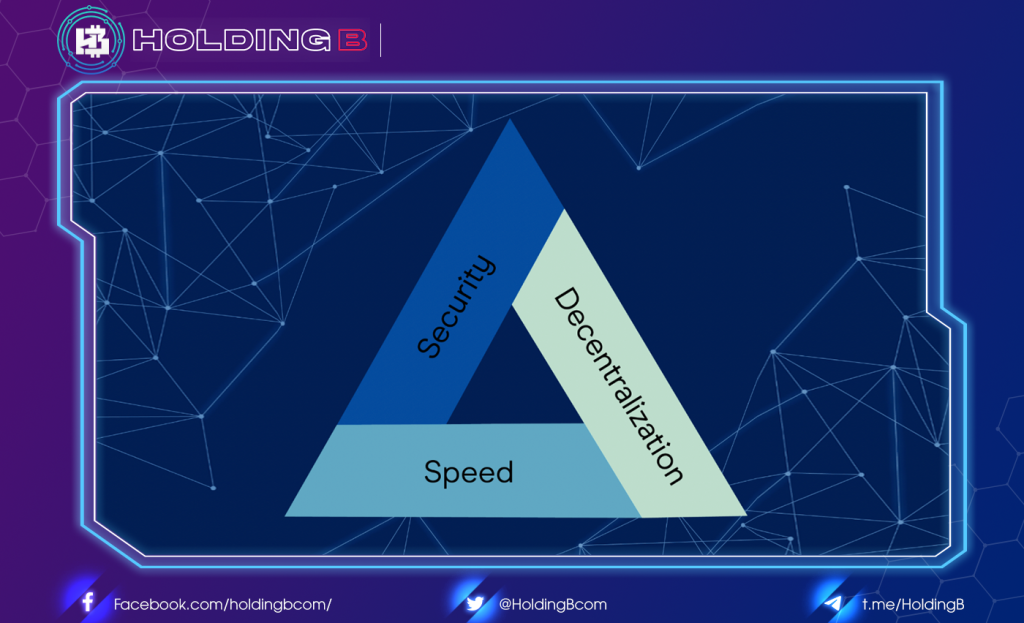
Extending the matter, 51% of attacks involve one aspect of blockchain design which is security. Current blockchain projects often revolve around three core concepts: decentralization, scalability, and security.
Blockchain trilemma can be understood as the challenges that developers face in creating a scalable, decentralized, and secure blockchain without affecting any aspect.
Blockchains are often forced to make trade-offs that make it impossible for them to achieve all 3 aspects:
- Decentralized: Creating a blockchain system that does not rely on the control of an individual or a group.
- Scalable: The ability of a blockchain system to handle an increasing number of transactions and to be able to scale.
- Security: The ability of a blockchain system to function as expected, protecting itself from attacks, bugs, and other unforeseen problems.
Take for example the Bitcoin Blockchain, the blockchain is considered the most secure in the world, but in return Bitcoin’s scalability is very low despite many technical improvements over the years, similar to the case of Ethereum.
In summary, although security is an important aspect of a Blockchain, the other two factors also need to be considered, there should be a balance and should not be biased towards any aspect.
Also, it is important to note that Trilemma is just a model to conceptualize the various challenges facing blockchain technology. There is no evidence that the 3 aspects cannot be achieved at the same time. So far, blockchain teams are still working with different approaches in an attempt to maximize decentralization, scalability, and security.
Summary
While the threat of a 51% attack still exists (albeit extremely unlikely) on major blockchains like Bitcoin, the financial costs will far outweigh the benefits. Even if an attacker uses all his resources to attack a blockchain, community discovery and rollback is a solution.
See ya in the next article !
Don’t forget to follow useful articles about Crypto Market from team Holding B !!!
- Telegram Channel: https://t.me/HoldingBcom
- Telegram Group: https://t.me/HoldingB
- Website: https://holdingb.com/
- Twitter: https://twitter.com/HoldingBcom
- Facebook: https://www.facebook.com/holdingbcom


